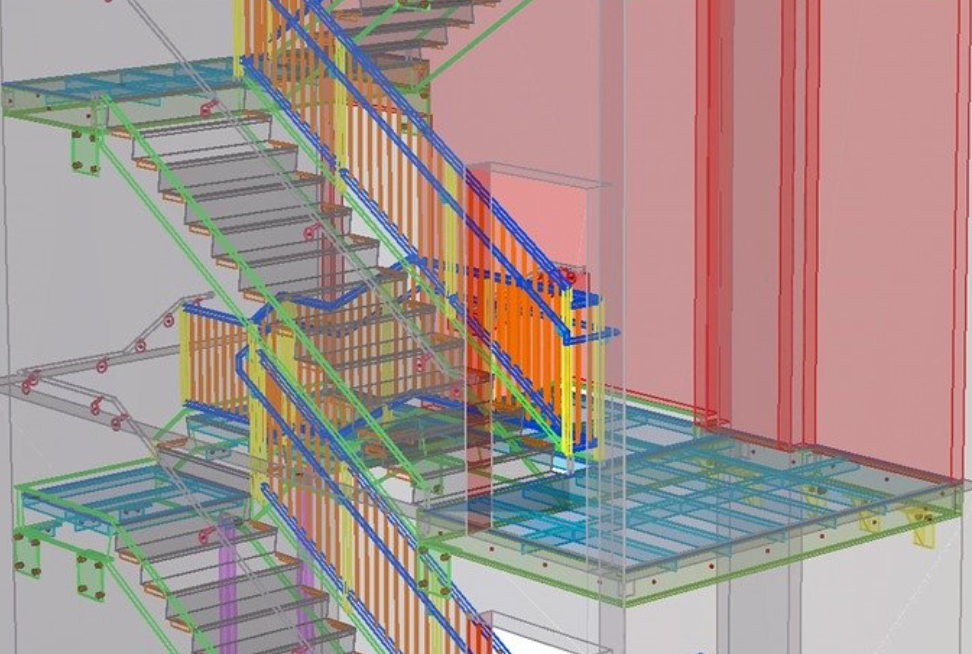Follow CONCERT on LinkedIn for more on the digital future of architecture.
This past April, the U.S. Institute of Building Documentation’s BIM Subcommittee published its white paper, “BIM With the End in Mind.” It was written by Christopher Everist of BNBuilders, John Stebbins of Gafcon, Inc., and Dan Edelsen of STEREO.
The paper explains how BIM is useful through the building lifecycle, and highlights how it can provide owners and operators long-term financial benefits. The paper includes two brief case studies and a timeline of BIM’s development and usage in AEC industries. You can read the whole document here, but here are some key takeaways.
Combined Data Facilitates Effective Building Management
Building owners can make better decisions when they combine their building portfolio’s data with datastreams about ongoing procurement and operational procedures. Information that can be added includes Facilities Management, GIS (Geographic Information Systems), Internet of Things (IoT) sensor data, Internet of Actions (IoA) end-user data, and any data about changes to building assets, including tenant improvements (TI), retrofits, and renovations. Building owners and operators can analyze these multiple layers of information to make real-time, accurate decisions about things like look-ahead schedule forecasting, earned value analysis, and cash flow prediction.
Consistent Data Structures Help Realize the Value of BIM
Best practices emerge when projects are built around a commonly agreed on structure and logic. There must be consistency around the kind of data that is required, and how it is organized.
Keeping consistent data structures ensures each 3D object in the BIM is identifiable throughout the building lifecycle. The report also notes that “BIM Guidelines, created in-house or through an owner’s representative, need to clearly communicate the owner’s requirements and expectations.”
In addition, the models need to be a contracted deliverable that provides geometry and static data for well-coordinated CDs, effective clash detection, and spatial coordination during design and construction, as well as the foundation of the Digital Twin used during operations and the long-term building lifecycle.
A New Role for a New Approach
The authors suggest owners designate a Project BIM Integrator (PBI) role, a BIM expert tasked with representing the owner and ensuring synchronized BIM efforts throughout the project. Among other tasks, the PBI develops the BIM templates at project outset, reviews proposals, trains the project team, oversees the spatial coordination process, develops an asset tagging system and naming standards, and validates deliverables at hand-over.
Follow CONCERT on LinkedIn for more on the digital future of architecture.





